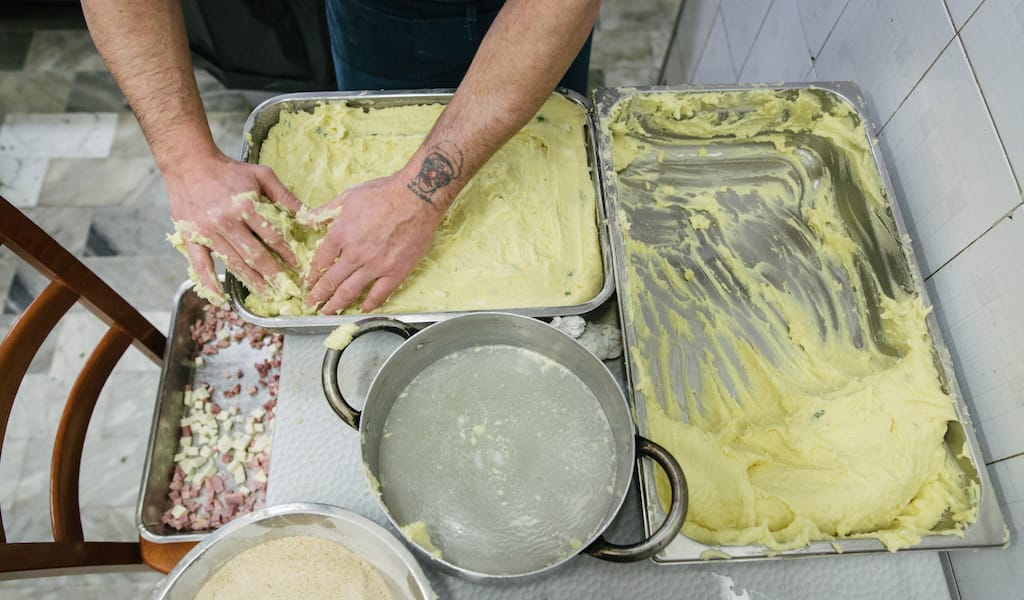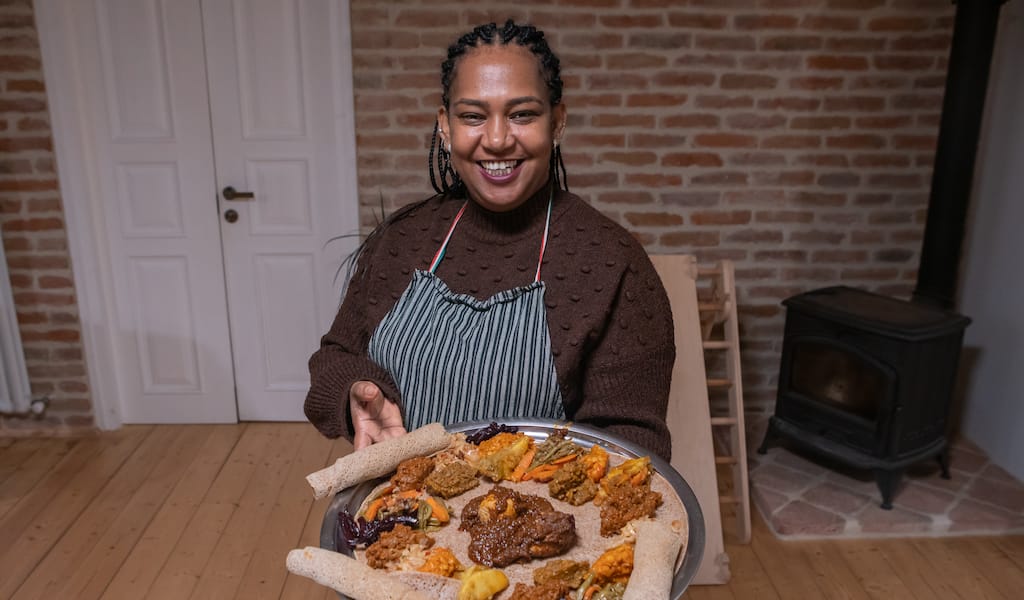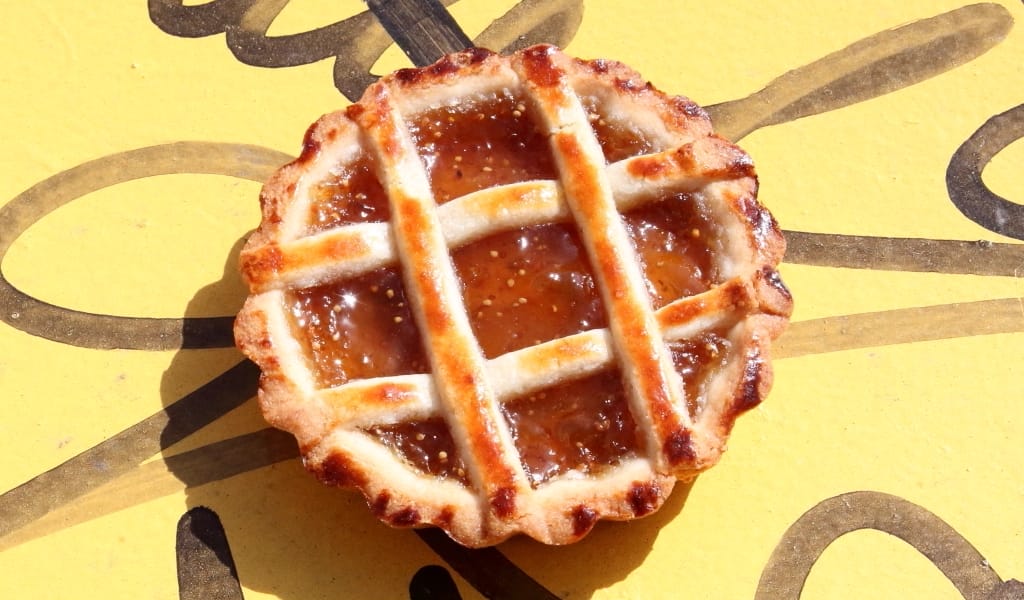Neapolitan cuisine is an impure thing, the result of culinary influences from every part of the old continent. One of the most famous dishes this cross-pollination has produced is the Neapolitan potato gattò, a potato tortino rustico (a tall, square cake) with layers made of mozzarella, scamorza, ham, salami and more. A baroque dish, this gattò transforms the simple potato into a true miracle of gastronomy.
The word “gattò” (not to be confused with “gatto” without the accent, which means “cat” in Italian) is the Neapolitanization of the French “gateaux” (cakes). But the Neapolitan potato gattò recalls the French gateaux only in form – taste-wise, it’s very far from a sweet French cake.
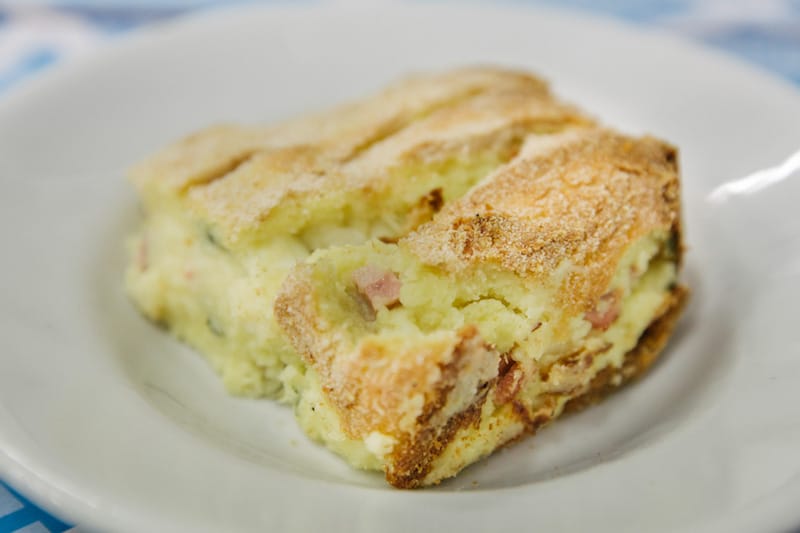
The gateaux arrived in Naples in the second half of the 18th century, when Maria Carolina of Austria, the wife of Ferdinand I and Queen of Naples, tried to “elevate” Neapolitan cuisine with the help of the refined French chefs at the court of her sister Marie Antoinette in Paris.
With this influx of French culture, the noble Neapolitans of the late 1700s embraced all things French. They spoke French, ate French food and dressed in French-style clothing. So the gattò became a fashionable dish, an imitation of the beloved French culture. The sweet French gateaux, however, was transformed by the Neapolitans into a rustic cake stuffed with savory fillings.
“There are people who come here to eat every day, for thirty years. So I have to change the menu every day.”
Today, the only link connecting the potato gattò to French cuisine, besides the name, is the use of butter, an ingredient not typical to southern Italy – extra virgin olive oil is the fat of choice in this olive-rich region. In most Neapolitan kitchens a small piece of butter will last for months. So it’s use in the gattò marks this dish’s decadence.
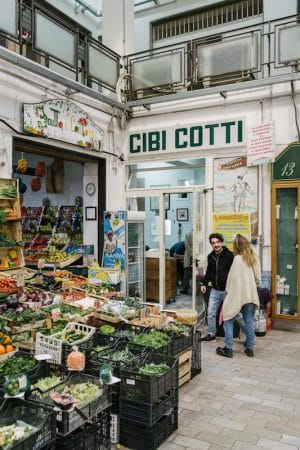 The most famous gattò is the one that comes out steaming from the kitchens of Cibi Cotti Nonna Anna, a little family-run restaurant tucked in a corner in the La Torretta Market in Mergellina, a maritime area of Naples that has inspired dozens of poets and singers over the years.
The most famous gattò is the one that comes out steaming from the kitchens of Cibi Cotti Nonna Anna, a little family-run restaurant tucked in a corner in the La Torretta Market in Mergellina, a maritime area of Naples that has inspired dozens of poets and singers over the years.
Founded in 1963 as a take-away kitchen, this small trattoria only added tables in the 1980s. Today, during the lunch rush, it’s always crowded and loud. When an order is ready, the chef gives a shout; many of the trattoria’s regulars, people who work at the marina and local businessmen, go to the counter to pick up their plate rather than waiting for the waiter – they consider it to be like the kitchen of their own home.
This small, hectic place is where Donna Anna Pappalardo worked all her life and developed her gattò recipe – the best in the city. She was everyone’s nonna (grandmother), and we were all sad when she left us last August at the age of 93.
Thankfully, nonna taught her children and grandchildren her special gattò recipe. Today her daughter Concetta, 65 years old, runs the restaurant, together with 23-year-old Vincenzo, Concetta’s nephew (although nonna still keeps a watch over the place from her picture up on the wall). We’re happy to report that the gattò remains as delicious as ever, made in the same way and with the same high-quality ingredients.
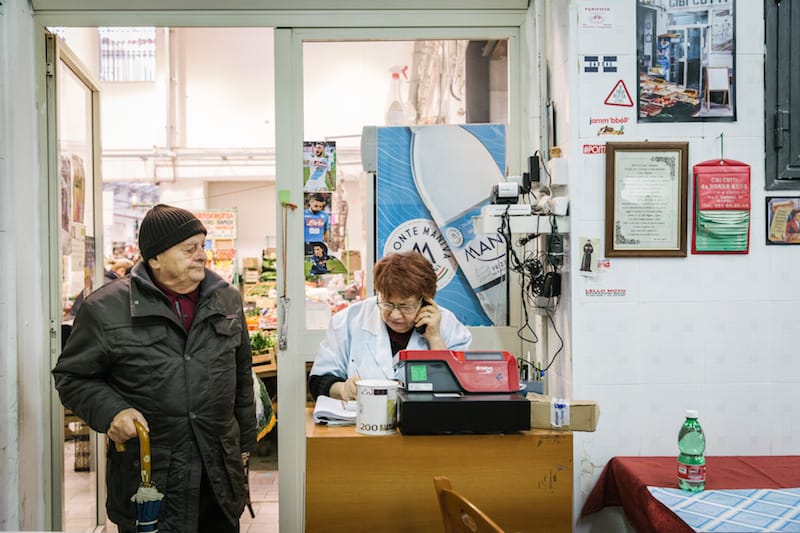
Almost 10 cm tall, the gattò is prepared every Tuesday and Friday (the restaurant is only open for lunch). Booking in advance is essential to get a taste of this savory dish. Once you pierce the golden gratin topping your slice, made crispy with butter and breadcrumbs, your fork swims in the luxuriously creamy potato filling, a mash made of boiled potatoes, Parmesan and pecorino cheeses, eggs and milk that is interspersed with layers of provolone cheese and salami.
Of course, it is worth tasting the other fantastic pasta dishes at Cibi Cotti, which change depending on the day. “There are people who come here to eat every day, for thirty years,” says Concetta. “So I have to change the menu every day.” Vincenzo agrees, piping up to say, “This means people eat well and stay full.”
While the variation is certainly appreciated, we find nothing else to be quite as extravagant or comforting as the potato gattò.
 October 9, 2012 Corazón de Maguey
October 9, 2012 Corazón de Maguey
The sap of the spiky maguey plant has long been used by the indigenous peoples of Mexico […] Posted in Mexico City April 4, 2024 Miracle Ethiopian Food
April 4, 2024 Miracle Ethiopian Food
When Ethiopian national Mimi Alemu Desta was proposed Georgia as a temporary place of […] Posted in Tbilisi December 28, 2023 Best Bites 2023: Queens
December 28, 2023 Best Bites 2023: Queens
Seems like old times: Dining out in Queens, whether we're grabbing a quick bite or […] Posted in Queens
Published on January 26, 2018
Related stories
October 9, 2012
Mexico CityThe sap of the spiky maguey plant has long been used by the indigenous peoples of Mexico to prepare pulque, a milk-colored, viscous drink that has roughly the same alcohol content as beer. When they arrived in Mexico, the Spanish were introduced to pulque. Used to imbibing harder stuff, however, the conquistadors experimented with distilling…
April 4, 2024
Tbilisi | By Pearly Jacob
TbilisiWhen Ethiopian national Mimi Alemu Desta was proposed Georgia as a temporary place of refuge to help her escape her war-torn country in 2021, she assumed it was the state in the U.S. Little did she imagine she would end up in the South Caucasus republic she didn’t even know existed till then, let alone…
December 28, 2023
QueensSeems like old times: Dining out in Queens, whether we're grabbing a quick bite or sitting down for a meal, is nearly as exciting a prospect in late 2023 as it was in the first few months of 2020, before the arrival of the Covid-19 pandemic. Yes, serendipitous encounters with friends are still less likely, and…







































